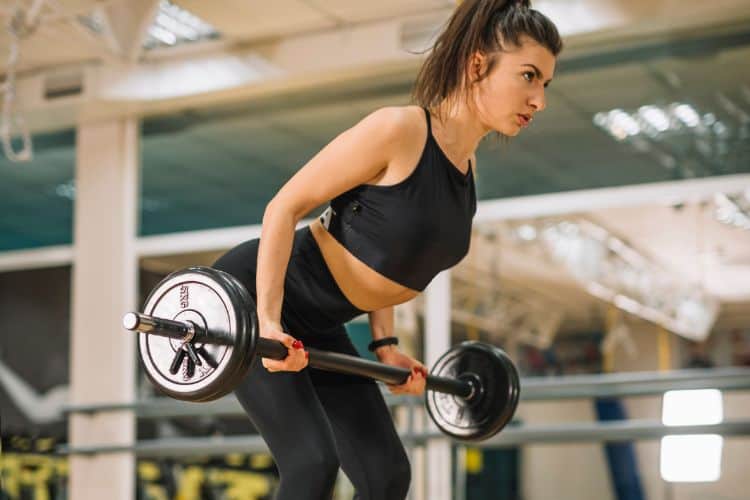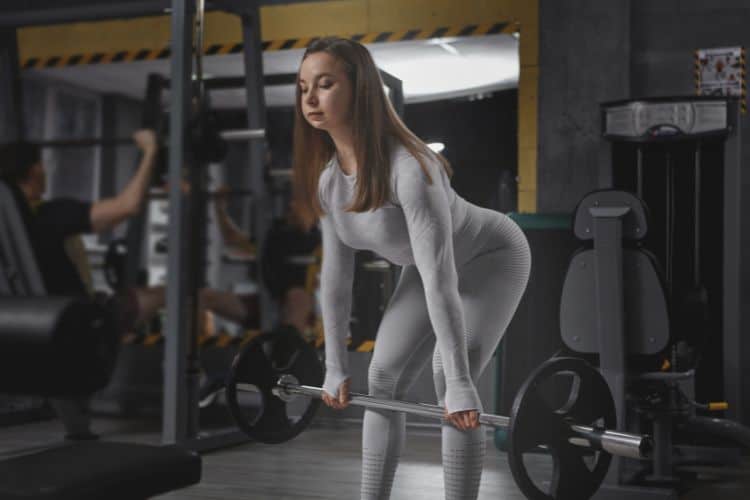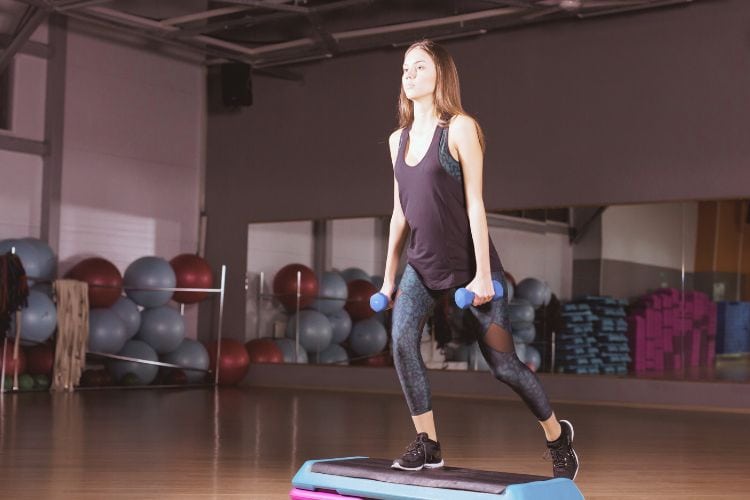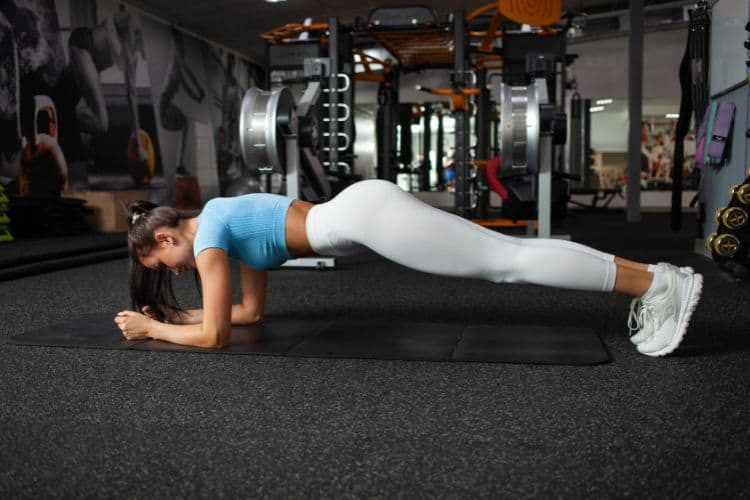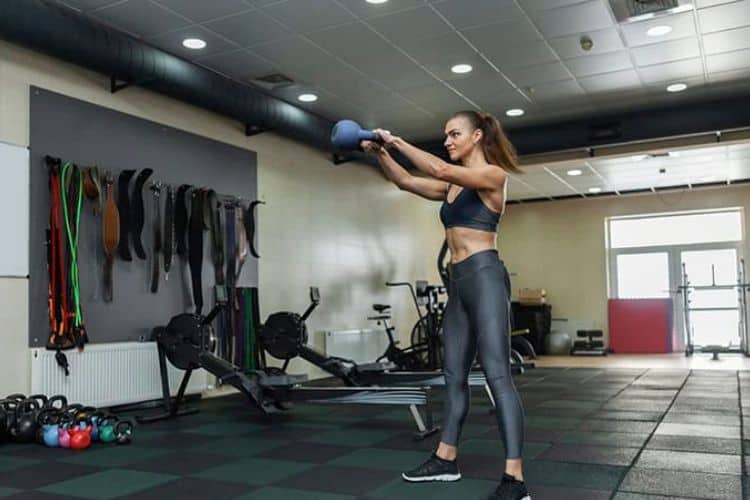30 Minute HIIT Leg Workout Circuit for Fat Loss and Strength
High-intensity interval training (HIIT) has become one of the most effective ways to burn fat, build strength, and improve conditioning in a short amount of time. When focused on the lower body, a 30-minute HIIT leg workout circuit targets the quads, hamstrings, glutes, and calves while also boosting cardiovascular endurance. Whether you train at home or in the gym, this workout will challenge your muscles and leave you dripping with sweat.
In this guide, we’ll cover:
- Why HIIT leg workouts are effective
- Benefits of training your legs with HIIT
- Warm-up and mobility tips
- A full 30-minute HIIT leg circuit with instructions
- Modifications for beginners and advanced lifters
- Recovery strategies to maximize results
Why Choose a HIIT Leg Workout?
Unlike traditional steady-state cardio, HIIT alternates between short bursts of maximum effort and periods of active recovery. This training style keeps your heart rate elevated, increasing calorie burn and improving both aerobic and anaerobic fitness.
When applied to the lower body, HIIT workouts build explosive power, strengthen major leg muscles, and improve functional movement patterns like squatting, lunging, and jumping.
The Science Behind HIIT Circuit and Leg Training
- EPOC Effect (Excess Post-Exercise Oxygen Consumption): Your body continues burning calories for hours after training.
- Fast-Twitch Muscle Recruitment: Explosive movements like jump squats and sprints engage powerful muscle fibers.
- Hormonal Boost: HIIT stimulates growth hormone and testosterone release, supporting muscle growth and fat loss.
Benefits of a 30-Minute HIIT Leg Workout Circuit
1. Builds Explosive Strength
Leg-focused HIIT movements like jump squats and kettlebell swings improve speed and power, helping in sports performance and everyday activities.
2. Burns Calories Efficiently
In just 30 minutes, you can burn as many calories as a longer steady cardio session, making it time-efficient for busy schedules.
3. Enhances Lower Body Definition
HIIT training builds lean muscle in the quads, glutes, and hamstrings while burning body fat, leading to a more sculpted lower body.
4. Improves Cardiovascular Conditioning
Your heart and lungs are constantly challenged during work intervals, improving overall stamina.
5. Minimal Equipment Needed
Most HIIT leg exercises can be done with just bodyweight, but dumbbells, kettlebells, or resistance bands can be added for variety.
Warm-Up Before Your HIIT Leg Workout Circuit
Before diving into high-intensity training, a proper warm-up prepares your body and reduces injury risk. Spend 5 minutes on:
- Dynamic stretches (leg swings, walking lunges)
- Mobility drills (hip circles, ankle rotations)
- Light cardio (jump rope, jogging in place)
This increases blood flow, activates muscles, and primes your nervous system for explosive work.
The 30-Minute HIIT Leg Workout Circuit
This workout follows a circuit format: perform each exercise for 40 seconds of work, 20 seconds of rest, moving immediately to the next move. Complete all 6 exercises for one round. Rest 1–2 minutes between rounds. Aim for 4 rounds total (30 minutes including rest).
Round Structure:
- 6 Exercises
- 40s Work / 20s Rest
- 4 Rounds = 30 minutes
Exercise 1: Jump Squats HIIT Leg Workout Circuit
- Muscles Worked: Quads, hamstrings, glutes, calves
- How To: Start in a squat position, explode upward into a jump, and land softly back into a squat.
- Modification: Bodyweight squats (no jump).
- Advanced: Weighted jump squats with a dumbbell.
2: Reverse Lunges with Knee Drive
- Muscles Worked: Glutes, hamstrings, core
- How To: Step one leg back into a lunge, then drive the back knee up explosively as you return to standing. Alternate legs each rep.
- Modification: Standard lunges without knee drive.
- Advanced: Add dumbbells for extra resistance.
3: Kettlebell Swings (or Bodyweight Hip Thrusts) HIIT Leg Workout Circuit
- Muscles Worked: Glutes, hamstrings, lower back
- How To: With feet shoulder-width apart, hinge at the hips and swing the kettlebell explosively to chest level. Control the descent.
- Modification: Hip thrusts or glute bridges if no kettlebell is available.
- Advanced: Use a heavier kettlebell.
4: Bulgarian Split Squats
- Muscles Worked: Quads, glutes, hamstrings
- How To: Place one foot on a bench or chair behind you. Lower into a lunge until your front thigh is parallel to the ground. Drive through your front heel to return to standing.
- Modification: Regular lunges.
- Advanced: Add dumbbells.
5: Skater Jumps HIIT Leg Circuit
- Muscles Worked: Glutes, adductors, calves, stabilizers
- How To: Jump laterally from side to side like a speed skater, landing softly on each leg.
- Modification: Step side-to-side without jumping.
- Advanced: Increase distance between jumps.
6: Wall Sit with Calf Raises
- Muscles Worked: Quads, calves, core
- How To: Sit against a wall with thighs parallel to the ground. Hold position while raising heels for calf engagement.
- Modification: Standard wall sit.
- Advanced: Hold a dumbbell on your lap.
Cool-Down and Recovery
After 30 minutes of explosive work, take 5–7 minutes for a proper cool-down:
- Light walking or slow cycling (2 minutes)
- Static stretches: hamstrings, quads, hip flexors
- Foam rolling to release tension
This helps lower your heart rate and reduces soreness.
Tips for Success with Your HIIT Leg Circuit
Proper movement mechanics are crucial. Sacrificing form for speed increases injury risk.
2. Adjust Intensity
Beginners can start with 30s work / 30s rest. Advanced trainees may push to 45s work / 15s rest.
3. Track Progress
Record rounds completed, reps, or weights used to measure improvements.
4. Fuel Your Body
Eat a protein-rich meal post-workout to repair muscles. Stay hydrated before, during, and after.
5. Stay Consistent
Perform this workout 2–3 times per week, combined with upper-body or full-body sessions for balance.
Variations of the 30-Minute HIIT Leg Circuit
To prevent plateaus, switch up exercises every few weeks:
- Replace jump squats with box jumps
- Swap Bulgarian split squats for step-ups
- Use resistance bands for extra challenge in lunges or hip thrusts
- Incorporate sprints or stair climbs for cardio intensity
Who Should Do HIIT Leg Workout Circuit
- Beginners: Great for those new to HIIT since exercises can be scaled down.
- Intermediate/Advanced: Can increase resistance or intensity.
- Athletes: Helps with speed, agility, and endurance.
- Weight-loss Seekers: Efficient calorie burn makes it effective for fat loss.
Common HIIT Leg Workout Circuit Mistakes to Avoid
- Skipping the Warm-Up: Leads to poor performance and higher injury risk.
- Going Too Heavy Too Soon: Build endurance before adding weight.
- Poor Landing Mechanics: Land softly to protect knees during jumps.
- Not Resting Enough: Overtraining can lead to burnout.
A 30-minute HIIT leg workout circuit is the perfect balance of strength, endurance, and fat-burning power. In just half an hour, you’ll hit every major muscle group in your lower body, improve athletic performance, and torch calories long after the workout ends.
Consistency is key—perform this workout regularly, track your progress, and you’ll see stronger, leaner, and more powerful legs.
Want more workout and video guide?
Follow us on Pinterest, Facebook, and Subscribe to our Newsletter and Stay tuned for FREE downloads of our App coming soon!
Most Recommended

